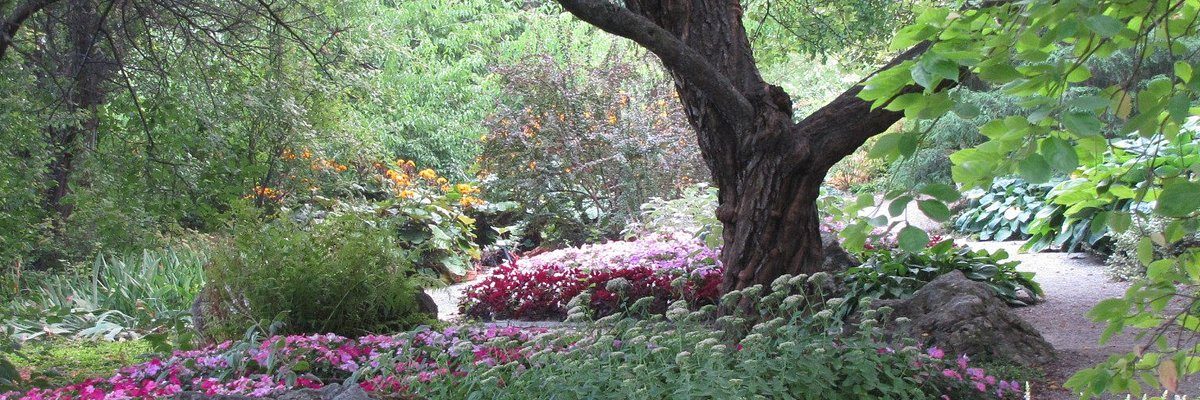In the heart of Japan, where artistry meets nature, lies an oasis of wonder – the Japanese garden. This exploration unfolds the mesmerizing beauty of this curated landscape, featuring the tranquil allure of koi ponds and the exquisite art of bonsai. Together, they create a symphony that beckons visitors to immerse themselves in the enchanting wonders of this Japanese sanctuary.
Koi Ponds: Graceful Elegance in Liquid Motion
At the heart of many Japanese gardens, koi ponds shimmer with the elegant movements of colorful carp. These ornamental fish, often regarded as symbols of good fortune, add a dynamic dimension to the landscape. The interplay of light on the water’s surface and the graceful gliding of the koi create a visual poetry that mirrors the peaceful spirit of the garden. Strolling along the pond’s edge, visitors are drawn into a world of fluid tranquility, where each ripple tells a tale of serenity.
Bonsai Gardens: Miniature Marvels of Nature
In the shadow of ancient trees or within dedicated bonsai gardens, miniature marvels come to life – the art of bonsai. These meticulously crafted, dwarfed trees showcase the dedication and skill of bonsai masters. Each bonsai tells a story, conveying the passage of time and the resilience of nature. The interplay of delicate leaves, gnarled trunks, and carefully pruned branches transforms the garden into a gallery of living sculptures, inviting contemplation and admiration.
Harmony in Design: Rocks, Bridges, and Islands
Japanese gardens are designed with meticulous attention to harmony and balance. Smooth stones, strategically placed, symbolize islands or mountains, guiding the flow of water and creating a sense of continuity. Arched bridges, with their graceful curves, invite visitors to cross over into a space that seamlessly blends the natural and the artistic. The garden’s layout, a fusion of islands, ponds, and pathways, becomes a metaphor for the interconnectedness of nature and human design.
Zen Elements: Tranquil Spaces for Contemplation
Scattered throughout the garden are serene corners designed for quiet contemplation. Stone lanterns, moss-covered benches, and gravel meditation areas become focal points where visitors can pause, reflect, and embrace the Zen philosophy that permeates Japanese gardens. These tranquil spaces offer a respite from the outside world, fostering a connection between the visitor and the natural surroundings.
Seasonal Tapestry: Blossoms, Leaves, and Snow
Japanese gardens transform with the seasons, creating a living tapestry that unfolds throughout the year. Cherry blossoms paint the garden in hues of pink in spring, maple leaves blaze in brilliant reds and oranges in autumn, and snow-covered branches create a serene winter wonderland. The awareness of seasonal changes enhances the appreciation of the garden’s transient beauty, encouraging visitors to return and witness its ever-changing spectacle.
Cultural Rituals: Tea Houses and Garden Ceremonies
Nestled within the garden are tea houses where the time-honored Japanese tea ceremony takes place. The ritualistic preparation and sharing of matcha tea become an integral part of the garden experience, embodying principles of harmony, respect, purity, and tranquility. These cultural practices add a layer of depth to the garden, making it not only a visual feast but also a space for spiritual nourishment.
Conclusion:
In the enchanting realm of Japanese gardens, where koi ponds ripple with grace and bonsai trees tell tales of time, visitors embark on a journey of wonder and contemplation. The meticulous design, cultural richness, and seasonal diversity weave together to create a sanctuary of unparalleled beauty. The Japanese garden, with its koi ponds and bonsai wonders, stands as a testament to the delicate balance between nature and human artistry, inviting all who enter to explore the marvels of this oasis in the heart of Japan.





